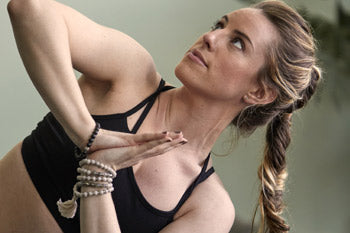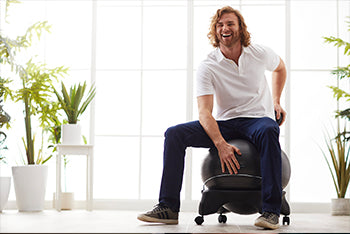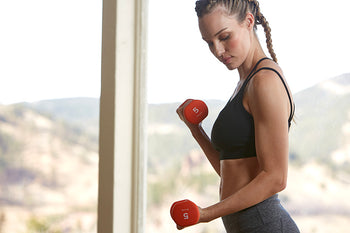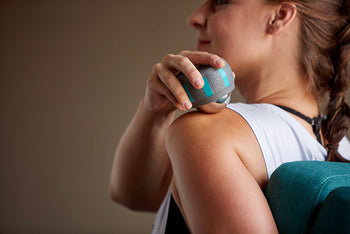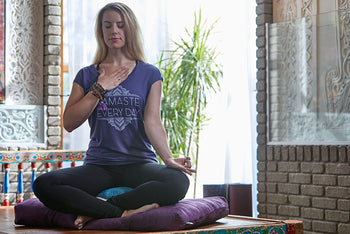4 Tai Chi Meditation Techniques

Author: E.C. LaMeaux
Tai Chi is also called meditation in motion, according to the Tai Chi and Chi Kung Institute, and is an easy meditation technique that can be practiced just about anywhere. Tai Chi meditation was originally developed as a martial art, according to the Institute, but is now a meditation technique aimed at reducing stress and improving health. You can learn Tai Chi meditation by using a Tai Chi instructional DVD at home, taking classes at your local gym, fitness center or YMCA or with a personal instructor or group in an open space like a park. Read on for four Tai Chi meditation techniques.
Standing meditation technique
According to Cynthia McMullen, LMT, of the Oriental Healing Arts School of Massage Therapy, Acupuncture, and Traditional Taoist Medical QiGong in Arizona, meditation is an important aspect of doing Tai Chi because it grounds you, or centers you, both physically and emotionally and helps you uncover the stillness within motion. McMullen adds that standing meditation is the most basic Tai Chi pose. To do this easy meditation technique:
- First stand with your feet shoulder-width apart with your toes pointing straight ahead and your knees slightly bent.
- With your hips tucked slightly forward, keep your shoulders down and relaxed and your head held up.
- Slowly inhale and exhale deep breaths through your nose. McMullen adds that you should continue this meditation technique by keeping your eyes closed or slightly parted and begin meditating.
- Focus on your feet and their connection to the earth.
- Use this meditation breathing technique: As you inhale, imagine that you are pulling energy into your feet from the ground or earth. As you exhale, you return the energy to the ground.
- Repeat this numerous times, then let the energy from the ground travel up your legs and into the center of your inner strength, which, according to McMullen, is located just below your belly button. Exhale, ridding your body of any unclean energy.
Variations of the standing meditation technique
According to McMullen, variations of the standing meditation technique include seated, arms circled with shoulders down and relaxed, horse stance with feet wide apart (beyond shoulder-width) and arms circled with shoulders down in horse stance.
Focus on breathing
According to Dr. Paul Lam of the Tai Chi Association of Australia, correct breathing techniques are an important part of Tai Chi meditation and should focus on the giving and taking of energy. The premise of this meditation technique is very easy: Lam recommends that when inhaling, you should think of taking life energy into your body. When you exhale, release that energy. This breathing technique can be applied to almost all tai chi meditations and movements, according to Lam.
Involve opening and closing movements
Lam adds that another meditation breathing technique involves opening and closing movements. With opening movements, like when your hands are in front of your chest and opening up, you breathe in. Stepping forward or pulling your hands apart are also opening movements. When your hands come together or close, these are closing movements and you exhale. According to Lam, this rule applies to up and down motions when it comes to breathing techniques during meditation. When you move your hands up, you breathe in; move them down and you’re delivering energy, so you breathe out. Similarly, standing up and bending down, respectively, correspond to breathing in and exhaling.
Also in Blog

Body Peace & Personal Empowerment

Yoga for Swimmers: Poses for Strength and Mobility


